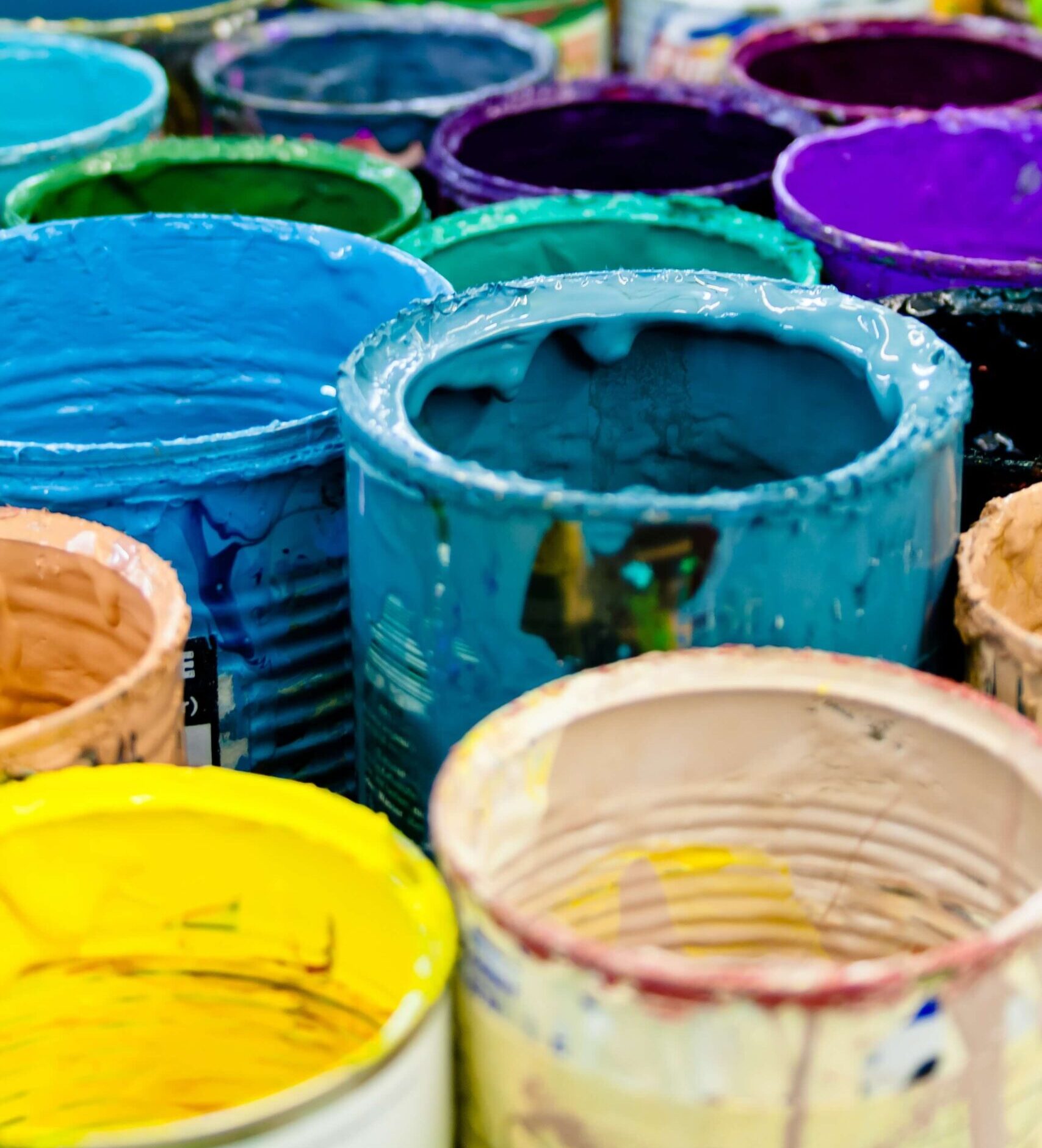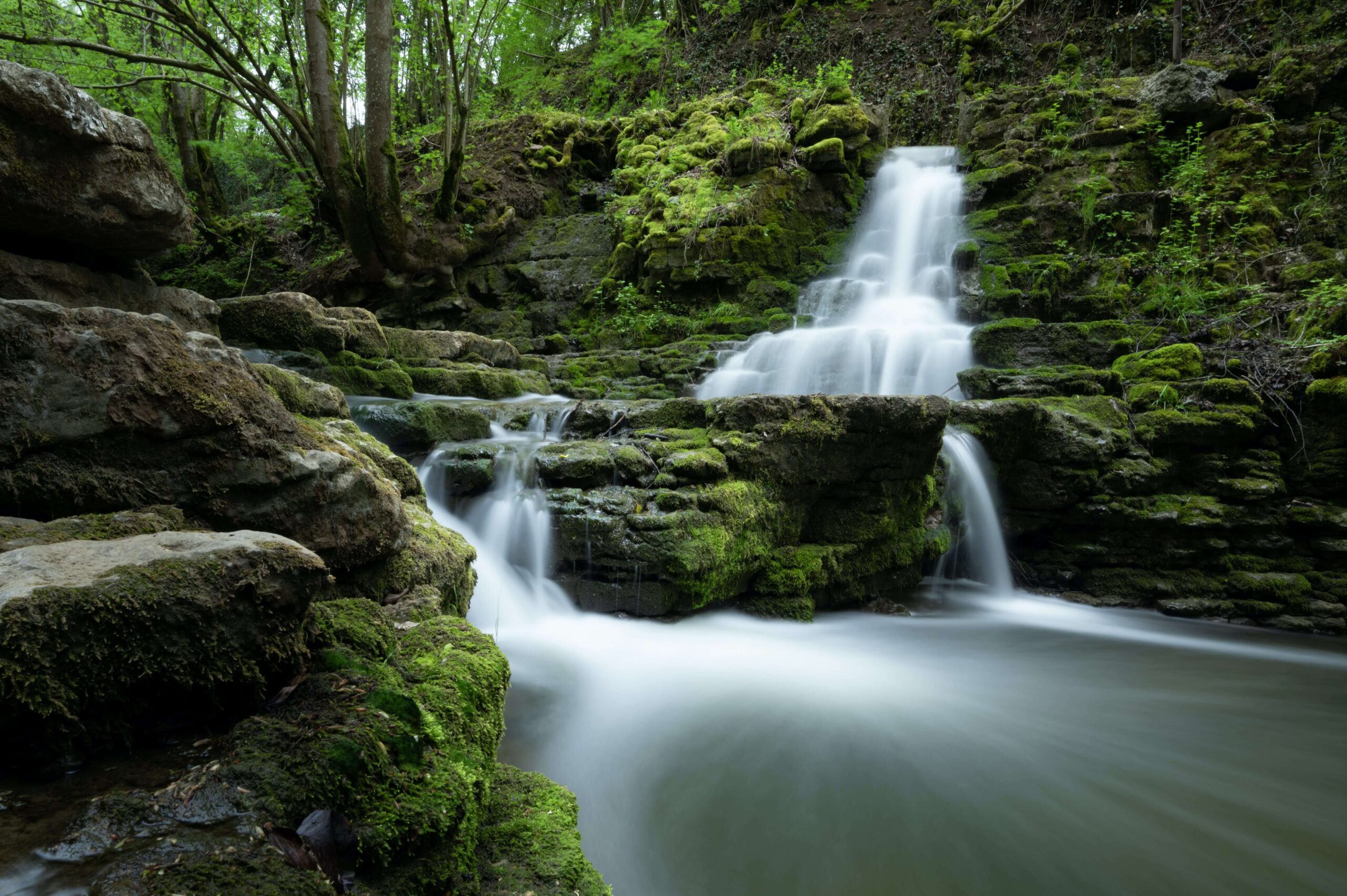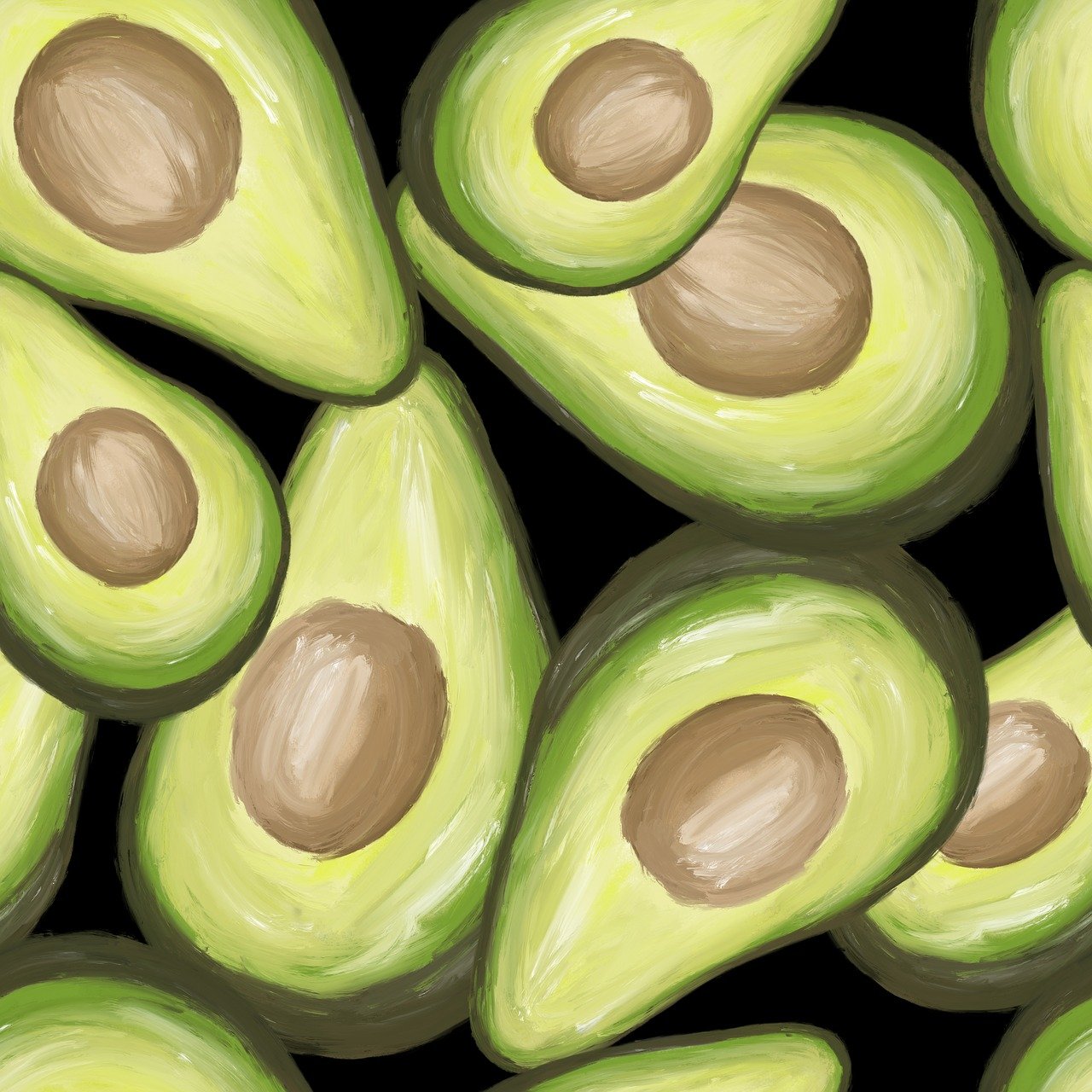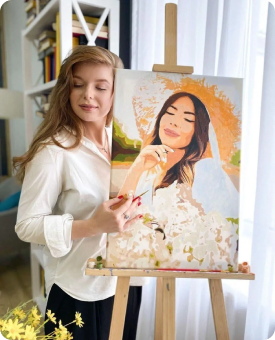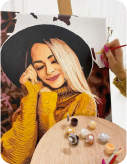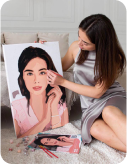Color blending is a key technique that can take your Paint by Numbers artwork to a whole new level. In this blog post, we will unlock the secrets of color blending techniques specifically tailored for paint by numbers kits. We’ll guide you through essential techniques and tips that will enhance the overall look of your artwork. Get ready to bring your Paint by Numbers masterpieces to the next level!
Understanding Color Theory
Before we dive into the magical world of color blending in Paint by Numbers, let’s start with the basics of color theory. Colors have personalities, and understanding how they interact will help you create stunning blends. Different color combinations evoke different emotions and atmospheres. Understanding color theory helps you choose color blends that convey the mood and atmosphere you want to portray in your artwork.
1. Color Wheel
The color wheel is a visual representation of the relationships between colors. It consists of 3 primary colors (red, blue, and yellow), 3 secondary colors (green, orange, and purple), and 6 tertiary colors (a mix of primary and secondary colors). One of the earliest recorded attempts at organizing colors on a wheel-like diagram was made by Sir Isaac Newton in the 17th century. He arranged colors in a circular fashion based on his experiments with prisms and light.
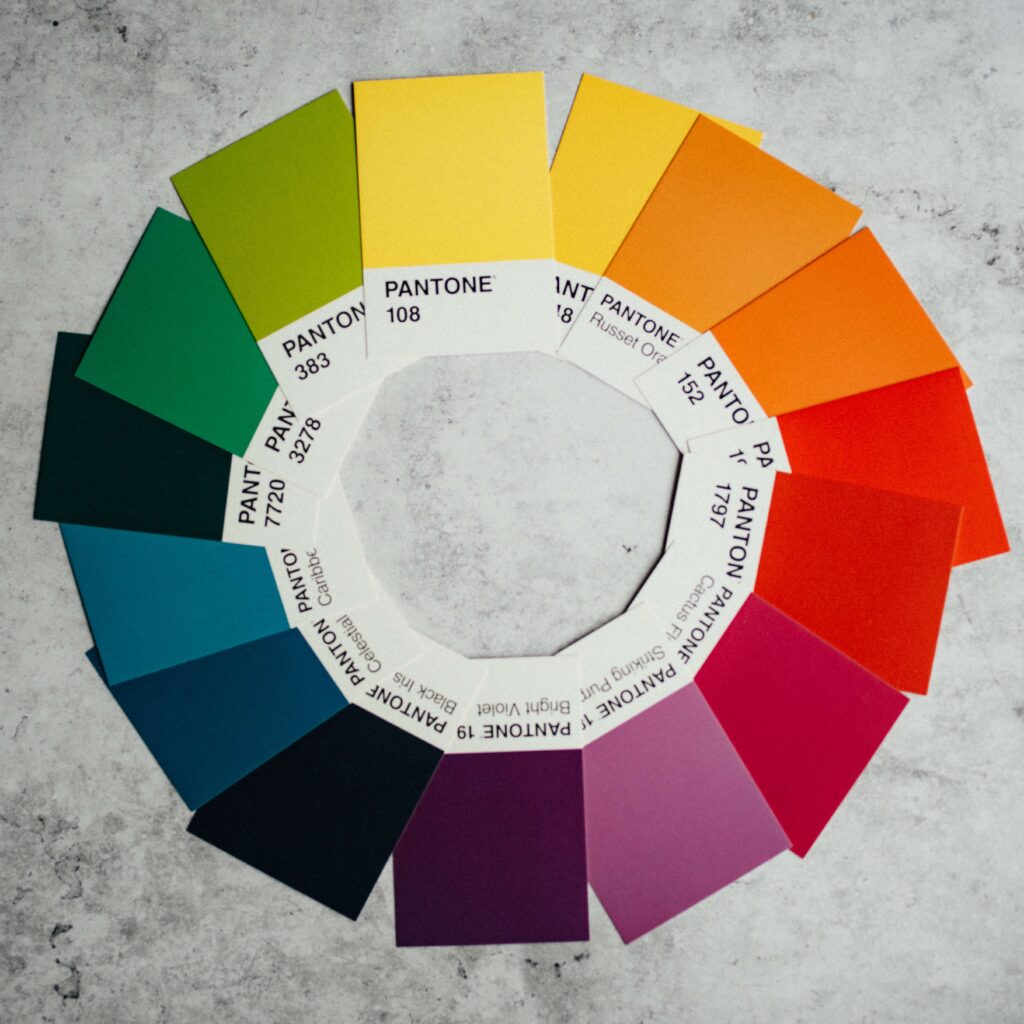
2. Complementary Colors
Complementary colors are pairs of colors that are located opposite each other on the color wheel. When placed together, they create a strong contrast and can enhance each other’s vibrancy. An example of complementary colors is red and green. You can use complementary colors to create make certain elements pop in your artwork.
3. Analogous Colors
Analogous colors are groups of colors that are adjacent to each other on the color wheel. They often share similar undertones and create a sense of harmony when combined. An example of analogous colors is using red, orange, and yellow together in a design.
4. Color Harmonies
Color harmonies refer to particular color combinations that complement each other effectively. Examples include monochromatic schemes (Different shades and tints of a single color, such as various tones of blue ranging from light to dark), triadic arrangements (three evenly spaced colors on the color wheel, like red, yellow, and blue, creating a balanced and dynamic contrast), and split-complementary palettes (a base color paired with two complementary colors, such as using red with yellow-green and blue-green for a visually striking effect). Knowing these harmonies helps you choose colors that work well together and create pleasing blends.
5. Gradients in Colors
A gradient is like a smooth blending of colors. It’s when one color gradually changes into another. Artists use gradients to make things look more real, like a sunset sky going from red near the horizon to orange and then yellow higher up.
Warm Gradient:
Imagine a sunset painting. The warm gradient here is when the colors go from hot colors like red, orange, to warm yellow. It’s like capturing the warm, cozy feeling of a sunset.
Cool Gradient:
Think about a calm ocean scene. A cool gradient happens when the colors change from deep blue at the bottom to lighter blue or even purplish at the top. This gives a sense of coolness and calmness, like a peaceful ocean.
Artists use gradients to create different moods and make their art look more like the real world. Gradients can be soft and gentle or bold and striking, depending on what the artist wants to show. It’s a cool way to add depth and life to their paintings.
Practical Techniques for Color Blending in Paint by Numbers
Now that you’ve got your color theory basics down, let’s dive into some cool blending techniques. These are like your secret moves to create beautiful gradients and eye-catching effects in your art.
1. Exploring Wet-on-Wet Blending
Wet-on-Wet blending is a fascinating technique that allows colors to mix and mingle on your canvas. Imagine you’re painting a picture of a bright sun setting over a calm ocean in your paint by numbers kit. To blend the sky’s warm oranges and yellows into the cool blues of the water, you would wet the area where they meet with your brush. Then, gently apply the orange and yellow colors onto the wet area. Watch as they mix together, creating a beautiful transition from sky to water. This technique gives your painting a soft and natural look, just like a real sunset reflecting on the ocean.
Wet-on-Wet Blending (Horizontal)
How to do it:
- Start with a blank canvas and a flat paintbrush.
- Load your brush with your first color (e.g., red) and paint from left to right.
- Clean your brush and load it with your next color (e.g., orange). Create strokes from left to right underneath your first color.
- Gently blend the second color up to the first and keep blending.
- Add more colors and blend them together to create a gradient.
Wet-on-Wet Blending (Circular)
How to do it:
- Begin by picking up your lightest color (e.g., light blue) and paint a circle in the center of your canvas.
- Use a little of your next color (e.g., darker blue) on your brush that already has paint. Mix it outside the central color to make it lighter.
- Use more of the light color to blend where the second and first colors meet, creating a soft gradient.
- Keep adding more of the second color on the outer part of your circle and blend it into the other colors.
- Continue adding more of the second color until you cover your canvas.
Double Wet-on-Wet Blending
How to do it:
- Load your brush with your darkest color (e.g., blue) and slightly dip it into your second color (e.g., white).
- Paint up and down on your canvas. Mix the white with your first color but don’t blend it completely.
- You can use different stroke techniques like making crosses or Xs.
- Keep loading your brush with the first color and a little white, gradually increasing the flow of paint.

3. Creating Depth with Layering
Layering adds depth to your art. Start with a base color and let it dry. Then, add more colors on top to create shadows, highlights, and details for a lively artwork. Imagine you’re working on a beautiful landscape paint by numbers kit, and you want to make the sky look even more breathtaking. You start by applying a light blue color as your base, letting it dry. Then, you layer a slightly darker shade of blue on top, concentrating on the upper part of the sky to create depth. With each layer, you carefully build up the intensity, blending the colors together using gentle strokes. The result? A gradient effect that makes the sky come alive and adds a sense of realism to your artwork. Layering in paint by numbers allows you to transform a simple canvas into a stunning masterpiece.
4. Adding Details with Dry Brush Technique
The Dry Brush technique is perfect for adding texture and fine details to your paint by numbers artwork. Imagine you’re painting a beautiful scenery with trees using a paint by numbers kit. Dip a dry brush in a little dark brown paint, not too wet. Gently brush the dry bristles over the tree trunk. The brush catches the canvas texture, making the bark look lifelike. This trick adds depth and details to your artwork.
Paint by Numbers for Adults and Kids with Paint & Zen
Are you excited to start your art therapy journey? Paint & Zen is here to help you every step of the way. Check out our Custom Paint by Number kits where you can turn your own photo into a special painting. We also have Paint-by-Number Kits in different themes. Visit our Website and find the perfect kit. Let’s make some magic together!
Conclusion
Blending colors takes you from a beginner to expert. Embrace the magic of colors, embrace the unexpected, and watch as your creations come to life. Whether you’re a beginner or a seasoned painter, the world of paint by numbers offers endless possibilities for artistic expression. Happy painting
Color blending is the process of smoothly transitioning between different colors to create depth, texture, and visual interest in your Paint by Numbers artwork. It adds a realistic and artistic touch to your pieces, making them stand out and come to life.
Color theory helps you grasp how colors interact and complement each other. It guides you in selecting harmonious color combinations, such as complementary and analogous colors, which are crucial for successful color blending.
The gradient technique involves smoothly transitioning from light to dark colors. Start with the lightest color and blend it gradually into darker shades using gentle brush strokes or dabs. This technique is perfect for creating realistic skies, landscapes, and adding depth to your artwork.
Wet-on-wet blending allows colors to mix directly on the canvas. Apply wet paint onto a wet surface to achieve soft and natural transitions between colors. This technique is ideal for scenes like sunsets reflecting on water.
Layering involves building up colors to create shadows, highlights, and details. By starting with a base color and adding layers on top, you can achieve a sense of depth and realism in your artwork.
The dry brush technique adds texture and fine details. Use a dry brush with a small amount of paint to gently apply strokes, capturing the canvas texture and adding depth to elements like trees, bark, and other intricate details.
Visit Paint & Zen’s website to explore a range of Paint by Numbers kits, including custom options. They offer various themes and helpful tips to guide you through the process of creating beautiful artworks.









